DesignBreakthrough of 1965: The Game-Changing Renault 16
Article:
Oh la la, what a design game-changer! The Renault 16 - The 1965 Design Revolution
Hear ye, hear ye! Renault's up to something fresh these days, but let's take a stroll down memory lane. Sixty years ago, a design rebel from the City of Lights barged in and made the established middle-class feel outdated: The Renault 16. Today's trend is all about retro vibes, just like the Renaults 4 and 5, time capsules harkening back to the brand's revolutionary days.

These days, those in the fashion capitol of Paris can't seem to get enough of retro designs, even when it comes to electric cars. But back then, Renault dared to shake things up across all classes, with the little R 4 being the first. The Renault 16 took things to the next level in the spring of 1965, leaving the Peugeot, Citroën, and Simca bigwigs nonplussed.
A New Renault Flagship
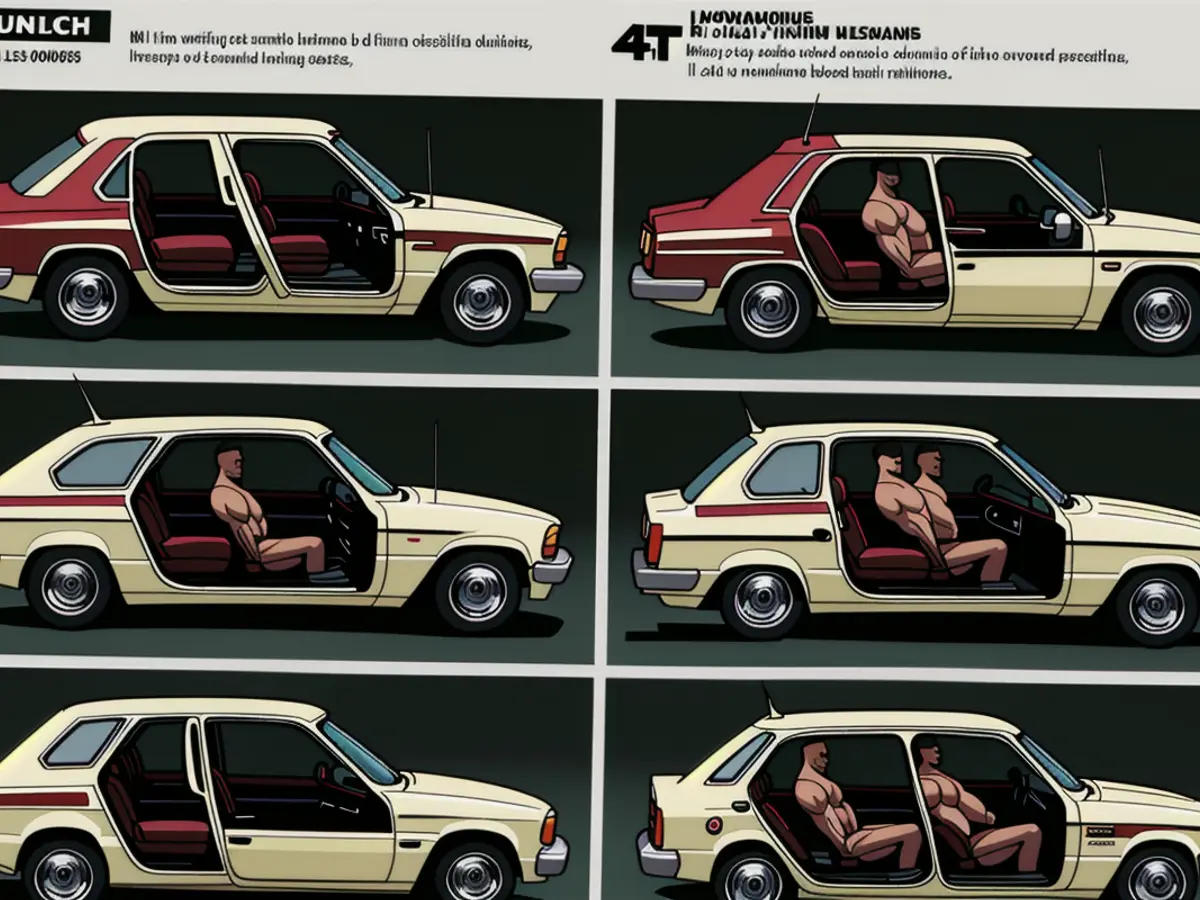
Despite its modest 1.5-liter four-cylinder engine, the R 16 snatched the title of new Renault flagship. The fastback sedan's sleek lines made it feel like the future, outclassing traditional notchback models and paving the way for family cars in the 1970s. It took a full decade for this pioneering French trend to become a worldwide phenomenon, spreading through every segment, from the little R 5 to the VW Passat to the posh Rover V8 (SD1). Even after the Renault 20 debuted in 1975, the Renault 16 continued production for another five years, attaining cult status.
Taking a risk like that, not to mention being a political hot potato, wasn't a stroll in the park. Could the state-owned Renault have thrust a daring crossover between a station wagon and a sedan as its flagship onto a predominantly pragmatic customer base, who'd been initially bamboozled by the R 4's unconventional charm in 1961? Sometimes, a crisis can serve as a catalyst, and that was indeed the case for Renault.
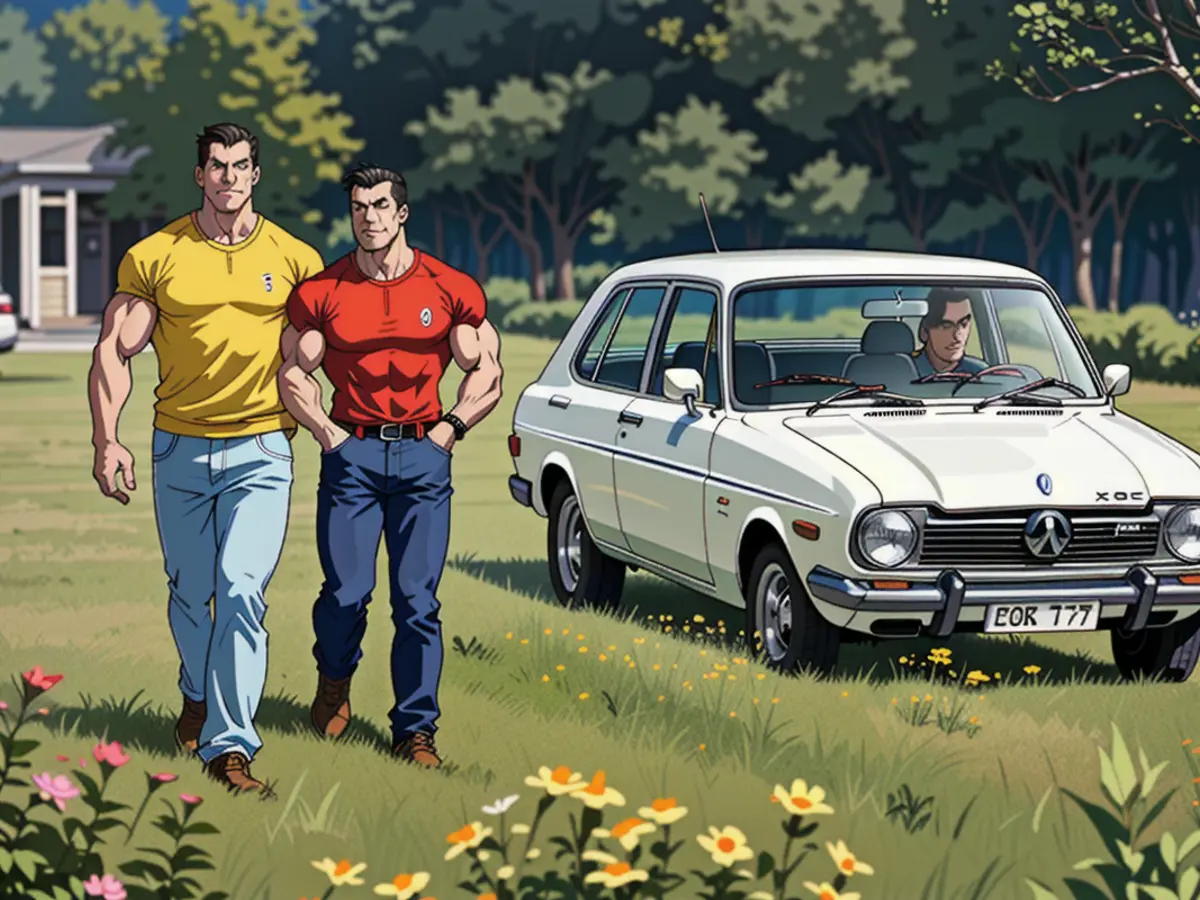
Renault: The Automotive Economic Engine
Renault was considered the economic engine of Europe, and French President Charles de Gaulle expected the state-owned company to keep up the pace. After 1960, the profitable upper market segment was neglected with the discontinuation of the Frégate flagship model. Production of the rest of the Renault portfolio plummeted nearly a quarter in 1963 when France relaxed import tariffs.
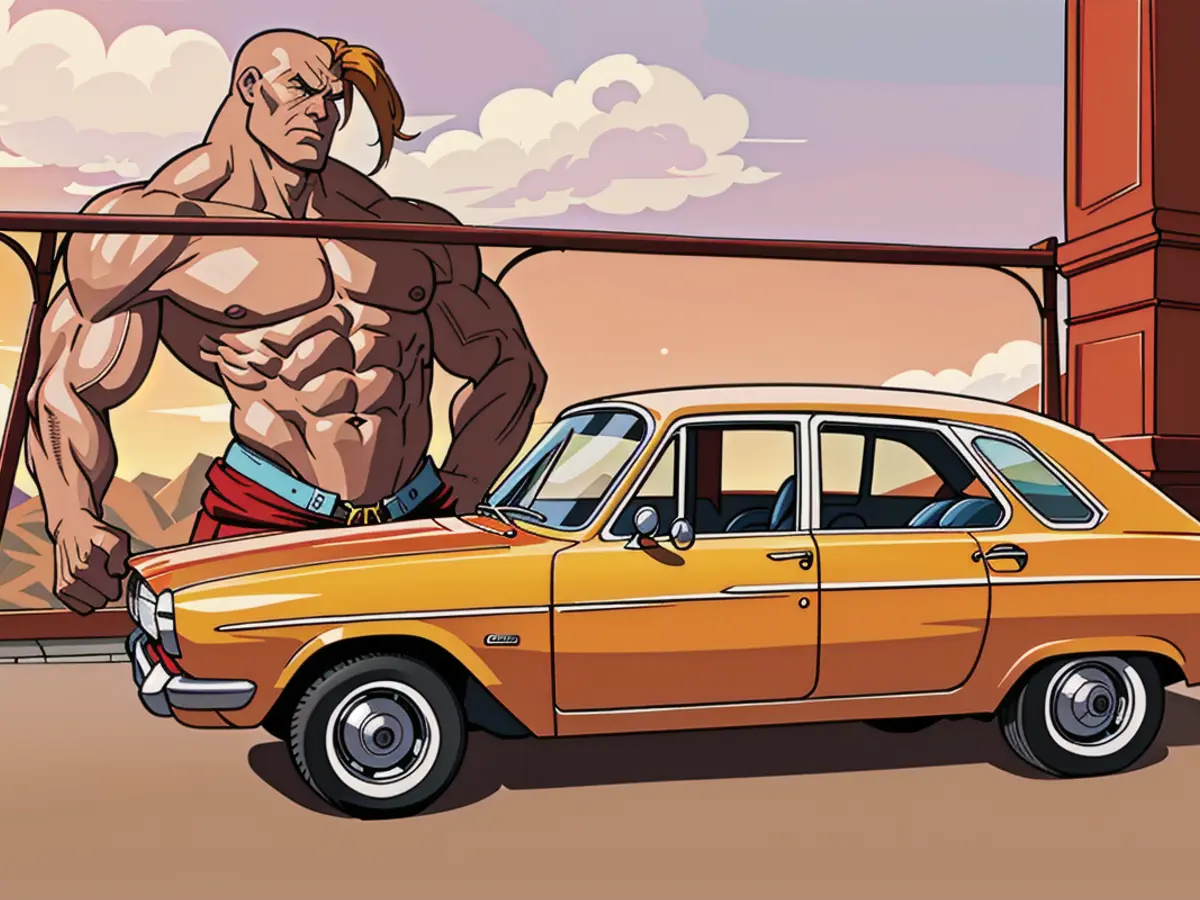
Renault CEO Pierre Dreyfus decided to build a new plant in Le Havre, where the ingenious pure hatchback concept designed by Gaston Juchet would roll off the assembly line. A bigmouth with a slanted design, in contrast to stiff and traditional models such as the Peugeot 404, and compact compared to mini cruisers like the Ford 17 M/20 M or Opel Rekord—the R 16 announced leadership ambitions in the upper middle class.
These innovations overshadowed even the R 16's shortcomings, like its puny engine. All those expecting a powerhouse under the long hood were sorely disappointed. Instead, a lean 1.5-liter, 40 horsepower four-cylinder engine hid behind a spare tire and in front of the front axle. This "front-mid-engine" setup led to optimal weight distribution and surprisingly agile handling. Yet, the Renault suspension was fine-tuned like ripened Camembert, as specialist media noted.
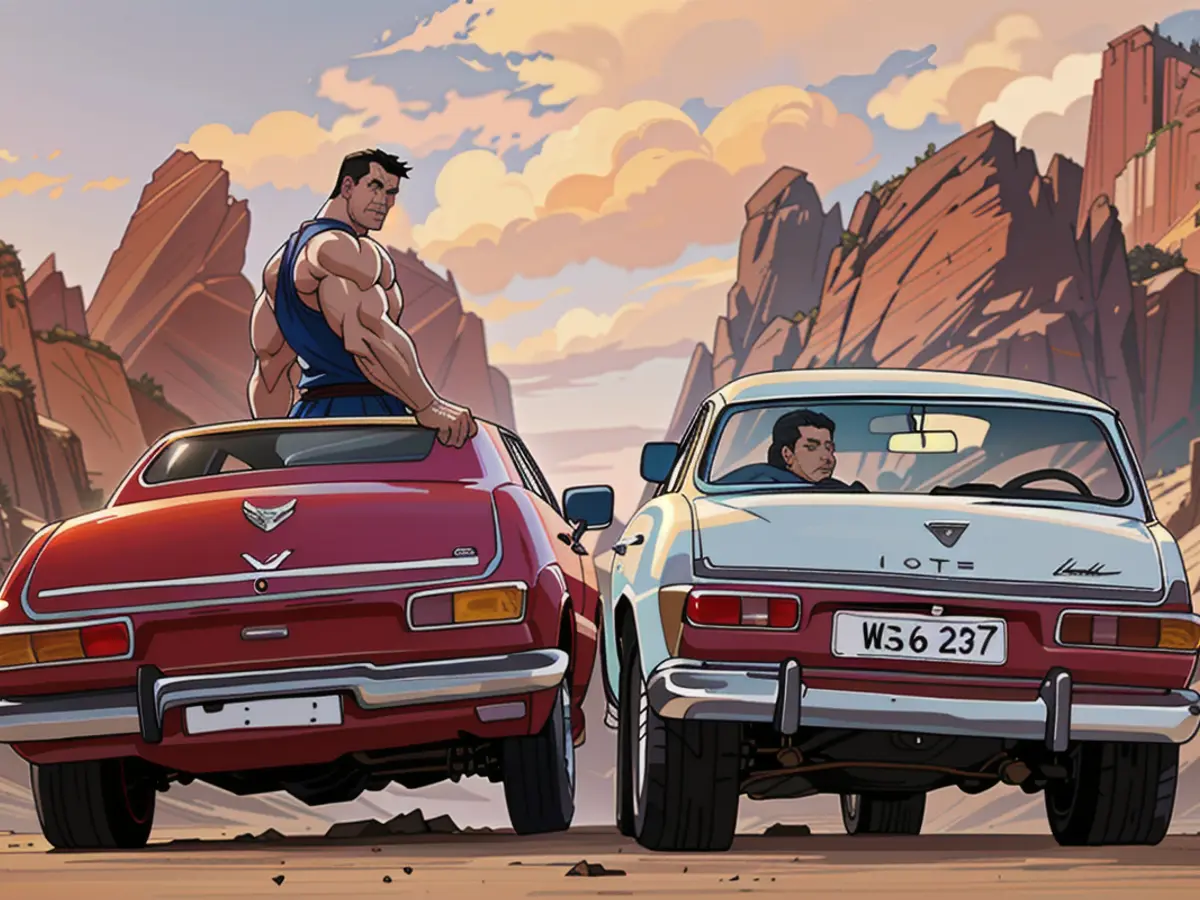
Just like the initially similarly underpowered but flamboyantly futuristic Citroën DS 19, the R 16's groundbreaking design concept trumped all its flaws and oddities, including the fact that the rear axle's torsion bars gave the wheelbase a left-right difference. The small R 4, running alongside the R 16, had already been a popular choice among Renault buyers, thanks to its left-right wheelbase incongruity. In 1969, the Renault 16 ranked fourth in France with approximately 93,000 registrations, and worldwide, nearly 180,000 units of the flagship model were sold across four continents.
A Car for the Bigscreen
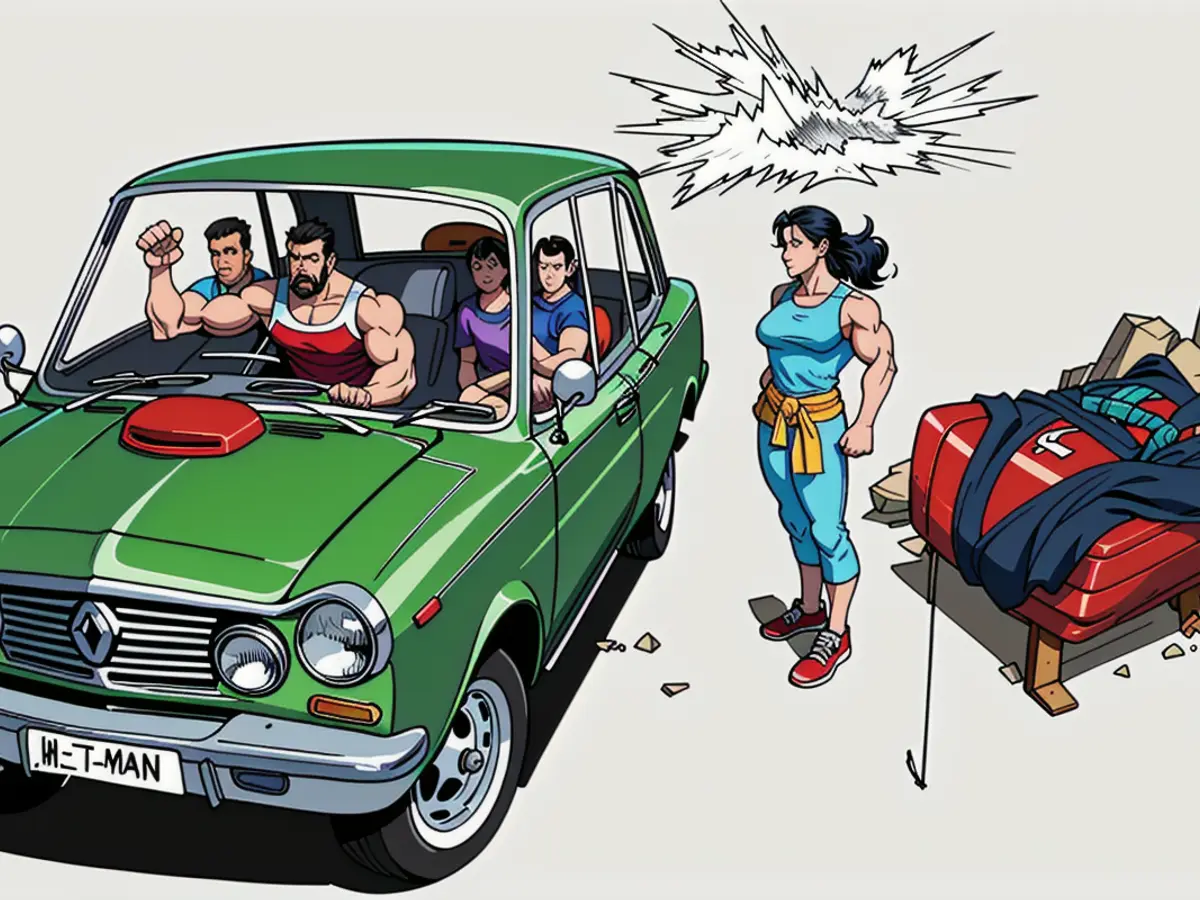
De Gaulle was pleased: Renault was once again the blooming flower of the French economy, having recognized earlier than its competitors what type of car people desired in the twilight of the economic miracle. Even in French comic culture, the R 16 provided fun and action, with over 1,200 movies and TV shows featuring it in starring roles. The R 16 was a miniature car or wild card in the game of Quartett, served as a camera vehicle in the Tour de France, and even made a commanding appearance among the statelier state cars, the Citroën DS and Peugeot 504, in front of the Élysée Palace.
Automotive Pop Culture

In essence, the Renault 16 embodied automotive popular culture, becoming a French achievement that Citroën and the R 4 could rival, but only partially transfer to other classes. Renault found out the hard way with the R 6, a brief successor lacking the R 16's magic. Even the 1975 introduced, almost 30 cm longer Renault 20 could not truly replace the Renault 16, which continued production until 1980. A grand total of 1,840,000 Renault 16s were delivered, with the R 20 reaching only a third of that figure. Only the VW Passat surpassed the R 16's sales volume but required multiple body variants to do so.
Renault knew how to keep the R 16 about as fresh as a daisy. For example, through the "magic tricks" of the "engine sorcerer" Amedée Gordini. This racing wunderkind gave the 1968-launched R 16 TS more displacement (1.6 liters) and more ponies (61 HP) for respectable 165 km/h. Meanwhile, optional electric window lifters and a power sunroof spoiled luxury-class occupants.
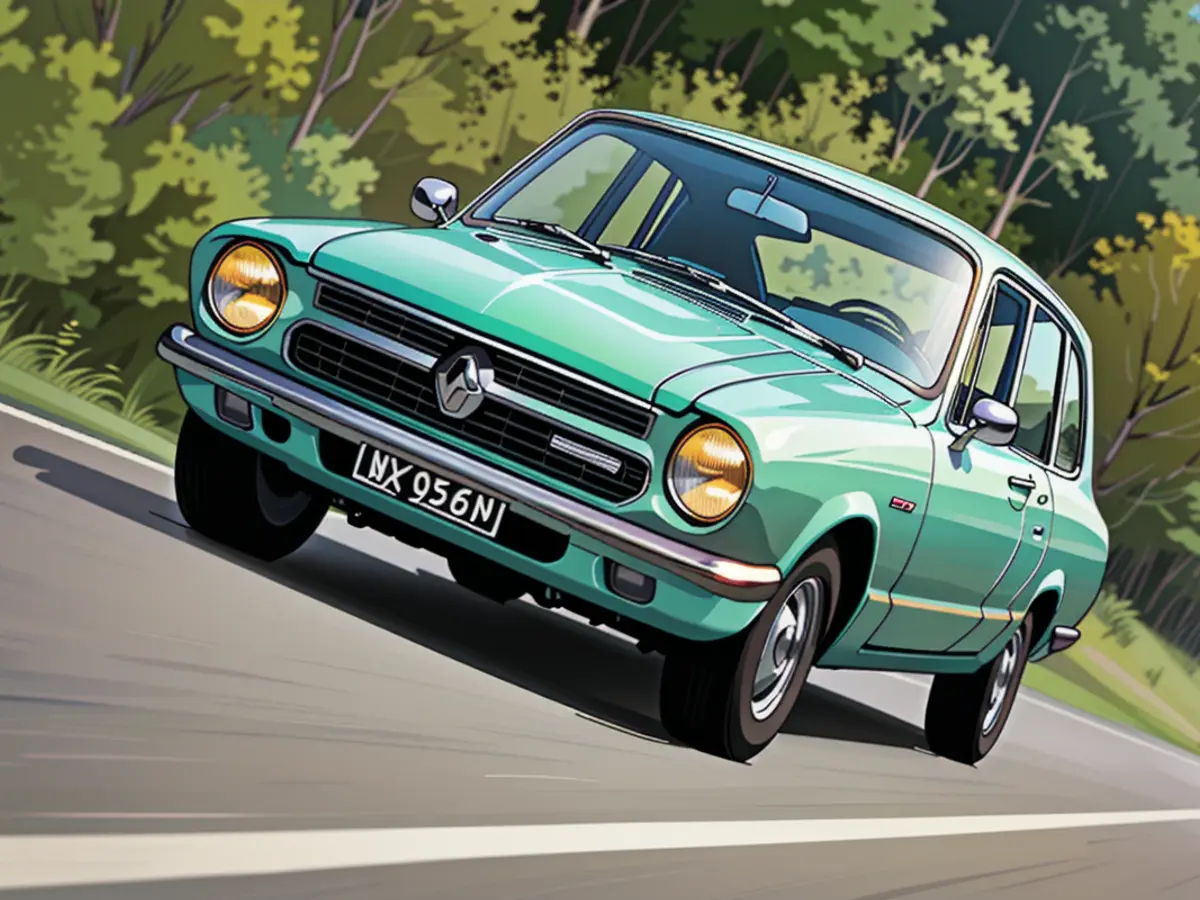
From 1973 onwards, the Renault 16 TX shimmered into the spotlight, boasting distinctive twin headlights and a power boost to 68 HP, enhancing the model's lineup. This allowed the Renault 16 to outlast most of its contemporaries when production finally halted in 1980.
Frank Meißner of Classic Analytics sheds light on the significance of the Renault 16 for classic car aficionados: "When most family cars still donned four doors and a trunk, the R 16 was a revolution: a hatchback, front-wheel drive, a tire in the engine compartment, and seats that folded down into a continuous sleeping area. Yet, today, many find it too conventional, and the spare parts supply isn't optimal. Come across a well-preserved R 16 TS in good condition, and it can set you back around €11,500."
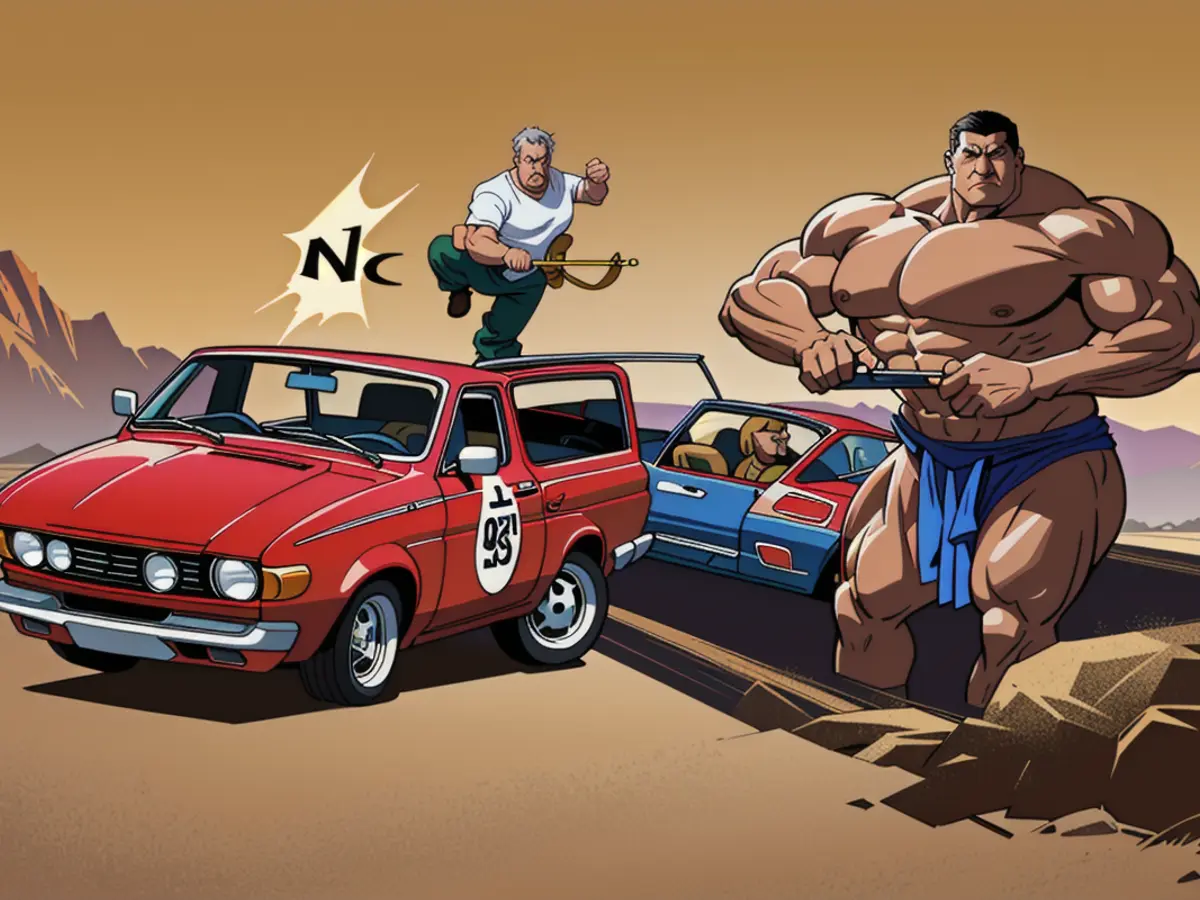
Milestones
- 1961: The future front-wheel-drive compact car, the Renault 4, debuts, and Renault CEO Pierre Dreyfus initiates the development of Project 115, the five-door flagship family model, the Renault 16.
- 1963: Concurrent with the development work, Renault constructs a new plant in Sandouville, near Le Havre, in a record 18 months for the Renault 16.
- 1964: Pre-production of the Renault 16 commences at the Sandouville plant in December, with the development time of the Renault 16 being an impressively short four years for a completely new model.
- 1965: The Renault 16, powered by a 55 HP 1.5-liter four-cylinder engine, premieres in mid-March at the Geneva Motor Show and is introduced to the German market in June. The Renault 16 wins the European media award "Car of the Year 1966."

Enrichment data:
- The Renault 16, introduced in 1965, was a groundbreaking five-door hatchback with front-wheel drive that had a significant impact on the automotive industry and design trends both in France and globally.
- The Renault 16 won the European Car of the Year award in 1966, further solidifying its reputation as a pioneering vehicle. This recognition helped establish Renault as a leader in innovative car design.
- The success of the Renault 16 influenced other manufacturers to adopt similar designs, such as hatchbacks with front-wheel drive, setting a new standard for family vehicles.
- The Renault 16 had an impact on the French automotive industry, contributing to Renault's reputation for innovative design.
- Globally, the Renault 16 influenced the development of family cars, with its hatchback and front-wheel drive design becoming a standard for many subsequent models, impacting the design trends and technological advancements in the automotive sector.

- It's intriguing to see how Renault, a model that revolutionized the automotive world with vehicles like the Renault 16 in 1965, is now venturing into the realm of community policy by incorporating concepts reminiscent of their groundbreaking design revolution.
- As we celebrate the notably observable anniversaries of Renault's game-changing models such as the Renault 16, it's worth noting the continued significance of vocational training and education in today's automotive industry.
- In the annals of automotive history, the Renault 16, with its design revolution, stands out as a beacon of creativity, much like the modern-day emphasis on designrevolution, a concept that permeates various sectors, including the automotive industry.




